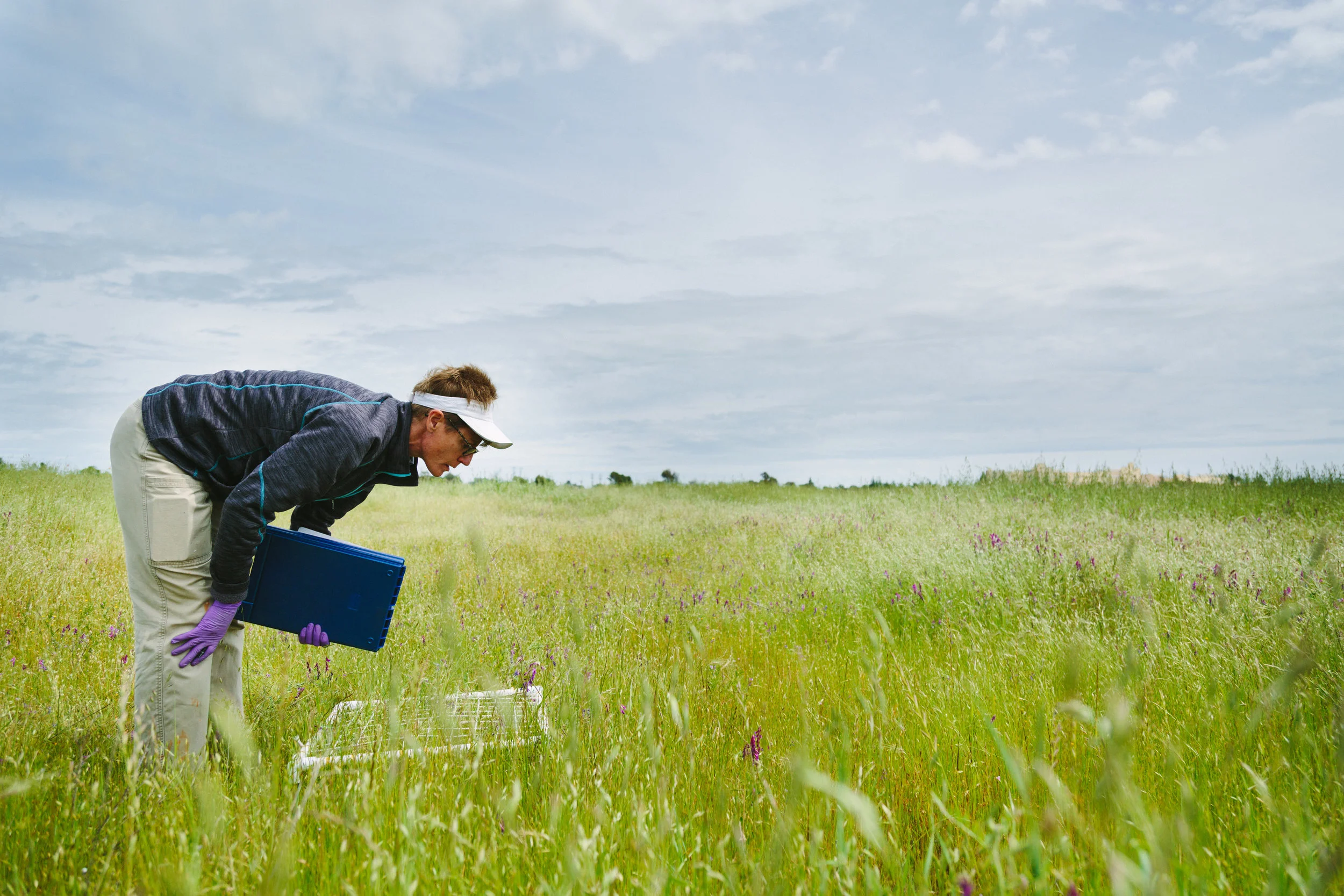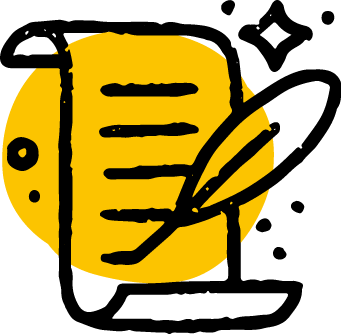Want To Have The Biggest Impact As a Scientist? Here are 5 Ways That Visual Storytelling Can Help
Credit: Matt Talarico, Impact Media Lab
Visual storytelling is a powerful tool for scientists to share their research with non-scientific audiences.
By using visuals, scientists can break down complex ideas, making them accessible and engaging. This approach not only helps in spreading knowledge but also in creating an emotional connection with the audience, fostering greater understanding and appreciation of scientific work. Infographics, films, animations, and many other mediums are all examples of visual storytelling—ways to present a scientific narrative.
So how do you begin telling a visual story?
Here are five key strategies to maximizing your impact as a scientist when using visual storytelling.
1. Think About Your Why
Consider the motivation behind your research to shape the core message of your visual storytelling.
Your why is embedded deeply within you but for anyone new to following your work, they don’t know it yet.
Ask yourself:
What problem are you addressing?
Why is it important?
Highlighting your passion and the significance of your research can make your story more relatable and compelling. By clearly defining your message, you can ensure that your visuals effectively convey the essence of your work, making a lasting impact on your audience. This clarity helps in crafting visuals that resonate emotionally and intellectually with your viewers, emphasizing the relevance and importance of your research.
Sharing the why, whether directly or in the visual storytelling about your research allows it to have a deeper impact on the audience.
2. Find Your Unique Vibe
Gather inspiration by exploring various visual storytelling examples and creating a mood board.
When working with clients, creating a mood board is how we infuse the vibe of the researcher in their visual media.
Identify the colors, styles, and themes that resonate with your research and audience. This step helps in maintaining a consistent and appealing aesthetic that enhances your story’s emotional and intellectual impact. Free social platforms like Pinterest and Instagram can be useful for collecting and organizing your visual ideas, ensuring your final product aligns with your vision. Pin different content to a mood board or save it in a folder to find and clarify the vibe that you want to be visually associated with.
By establishing a clear visual identity, you create a cohesive narrative that strengthens your overall message and makes your content more engaging.
3. Determine Your Medium
Select the most suitable medium for your visual storytelling.
Each medium—infographic, short film, interactive story—offers unique advantages. For example, infographics are excellent for simplifying complex data, while short films can create emotional connections through narrative and visuals. Consider your audience and the type of impact you want to achieve. These choices will also determine the online social platforms and traditional media that will work best for sharing your visuals and your story.
Linking to detailed articles or case studies on each platform can provide further insights and examples, enhancing the depth and relevance of your content. Always be open to testing and refining the strategy that you use. Effective SciComm is about keeping up with trends and being open to sharing with your audience where they are at (check out our article on the latest SciComm trends!)
Choosing the right medium ensures that your message is delivered in the most effective way possible, maximizing its impact.
4. Distill Your Findings
Condense your research findings into a few key takeaways.
Visual storytelling requires clarity and brevity, so focus on the most impactful points. Identify the top insights from your research and build your visuals around them. We like to stick with around 2-3 insights on any one piece of content you’re sharing about your research. This approach ensures that your audience can easily grasp the main messages without feeling overwhelmed.
Make your findings more simple to take away effectively:
Make use of bullet points
Icons and other graphics can visually explain a lot
Write text concisely and without jargon
Remember that many in your audience will be non-scientists and may have trouble navigating jargon. Bridging the gap to a non-science audience is what SciComm is all about. Simplifying your content not only makes it more accessible but also more memorable, helping to ensure that your key messages are retained by your audience.
5. Get Creative
Embrace creativity to make your visual storytelling stand out.
Experiment with different styles, techniques, and formats to find the best way to communicate your message. Don’t be afraid to push boundaries and incorporate unique elements that capture attention and spark curiosity. Innovative visuals not only enhance engagement but also make your research more memorable.
Use brainstorming sessions and watch for opportunities for feedback from your audience to refine your ideas and ensure that they resonate. By thinking outside the box, you can create compelling and unique visuals that differentiate your work from others.
Go forth And create Impact!
Try using these strategies to see how you can effectively use visual storytelling to communicate your scientific research to a broader audience.
This approach not only enhances the accessibility and engagement of your work but also helps in building an emotional connection with your audience. Embrace the power of visual storytelling to maximize your impact as a scientist, making your research more understandable, relatable, and memorable.
Explore these techniques and see how they can transform your science communication efforts, bringing your research to life in new and engaging ways.









